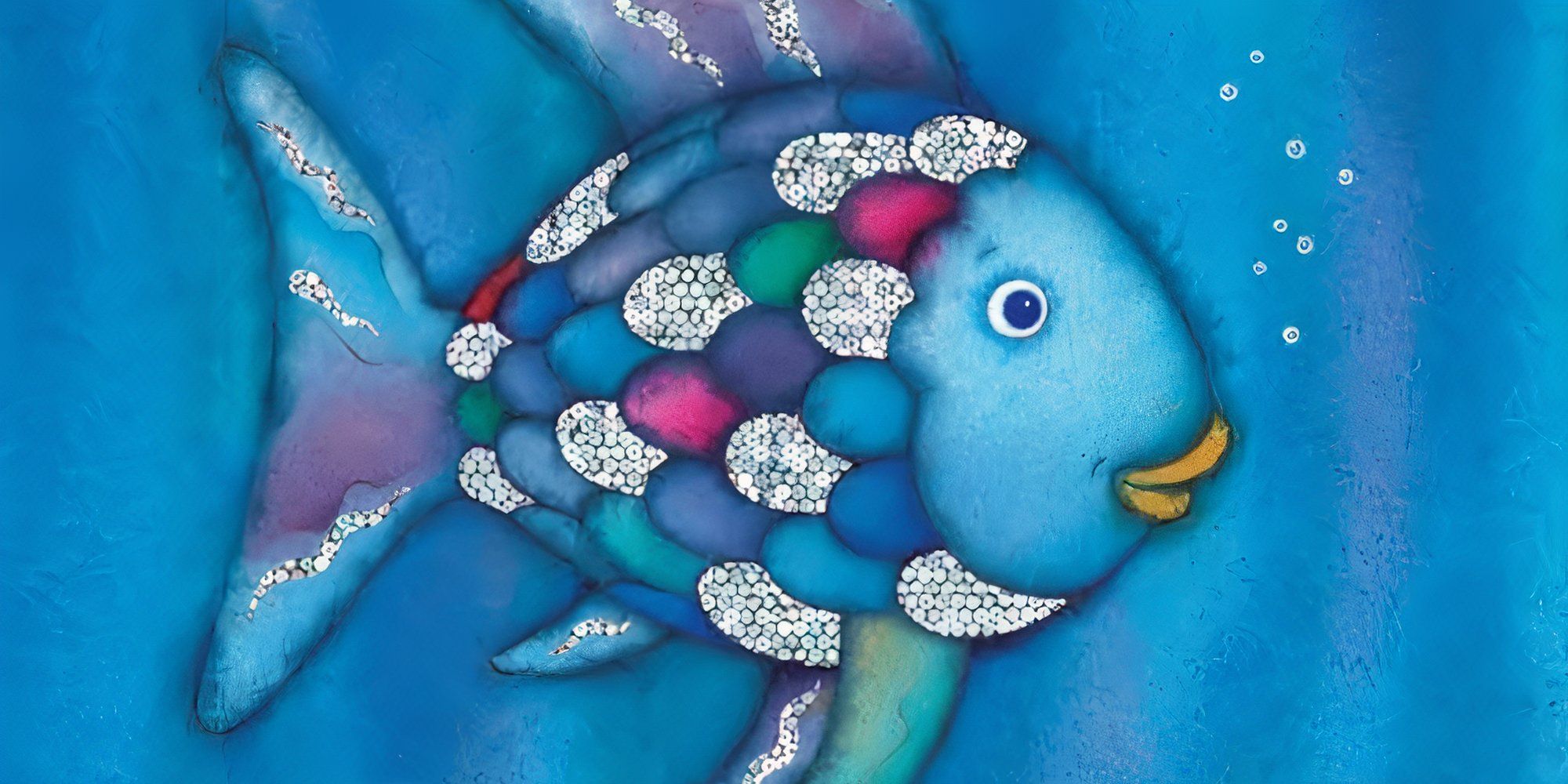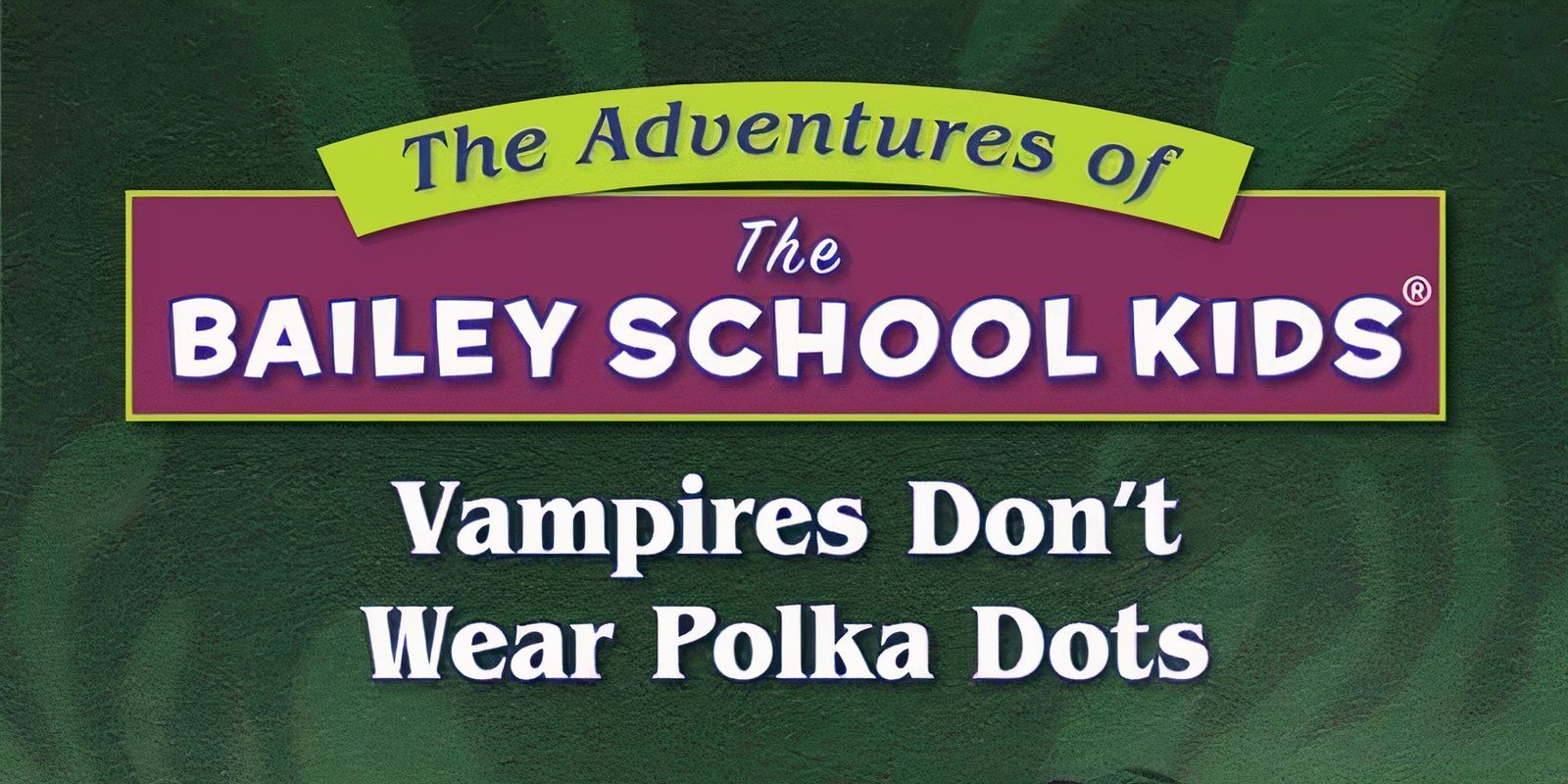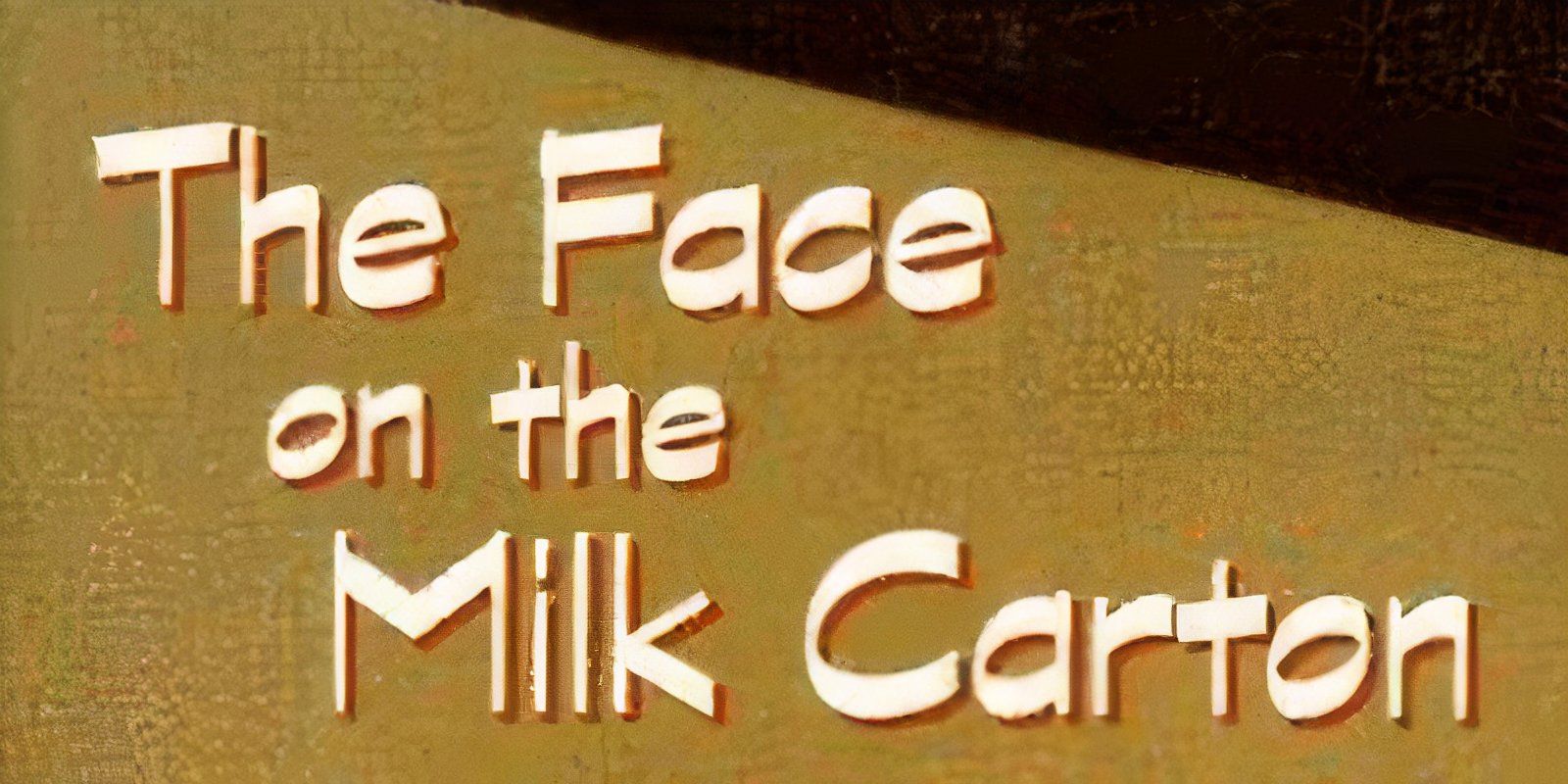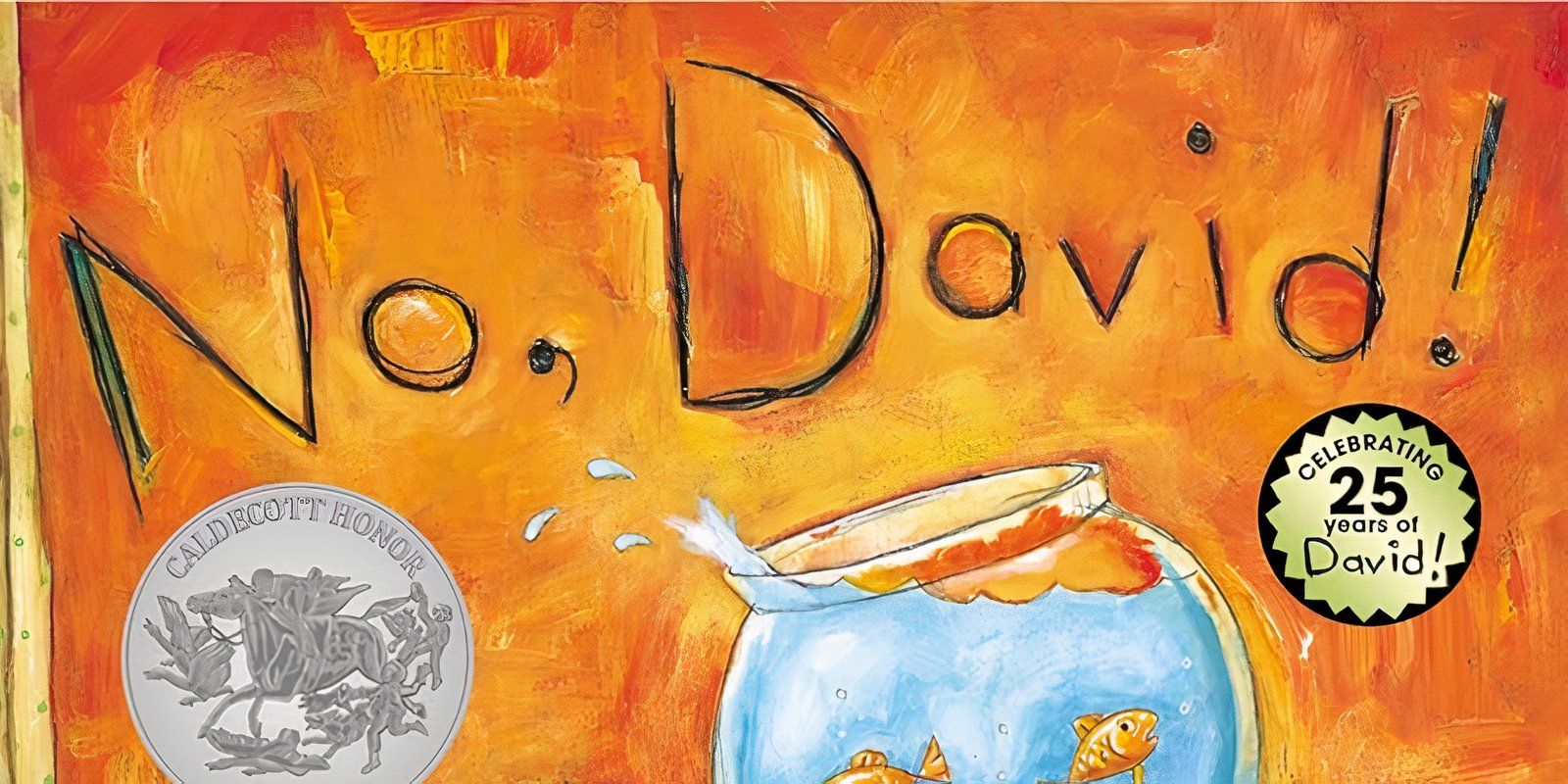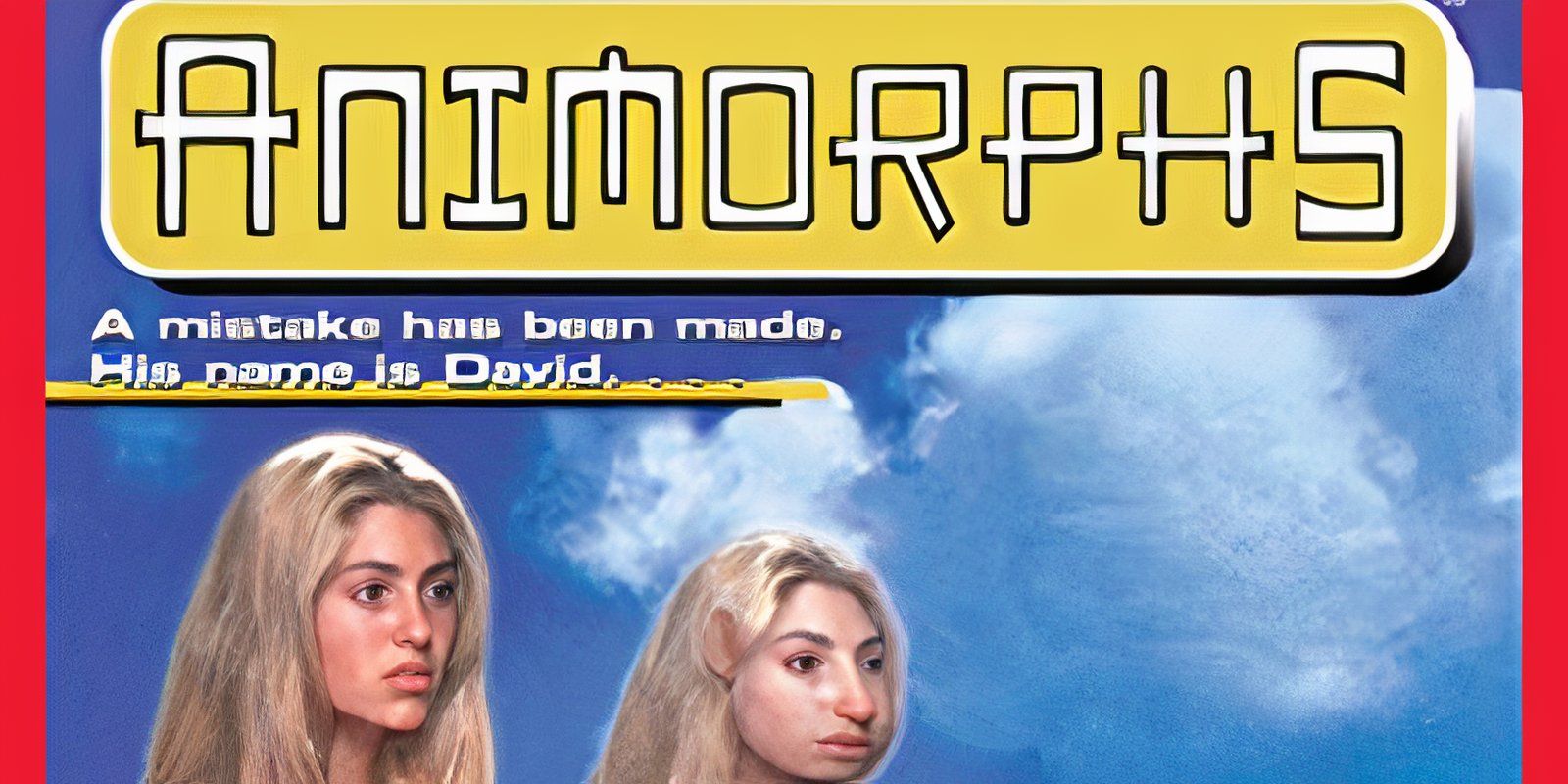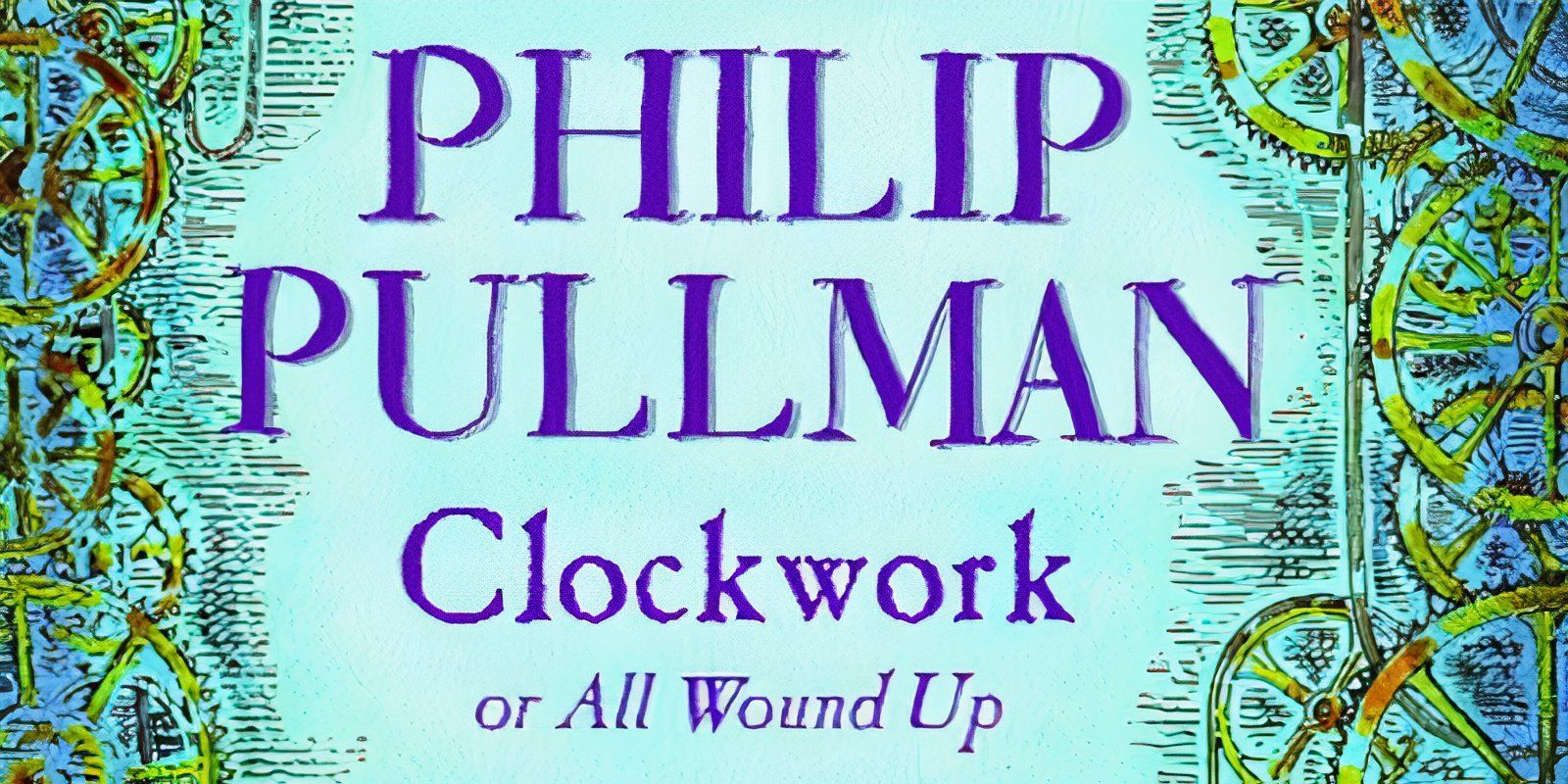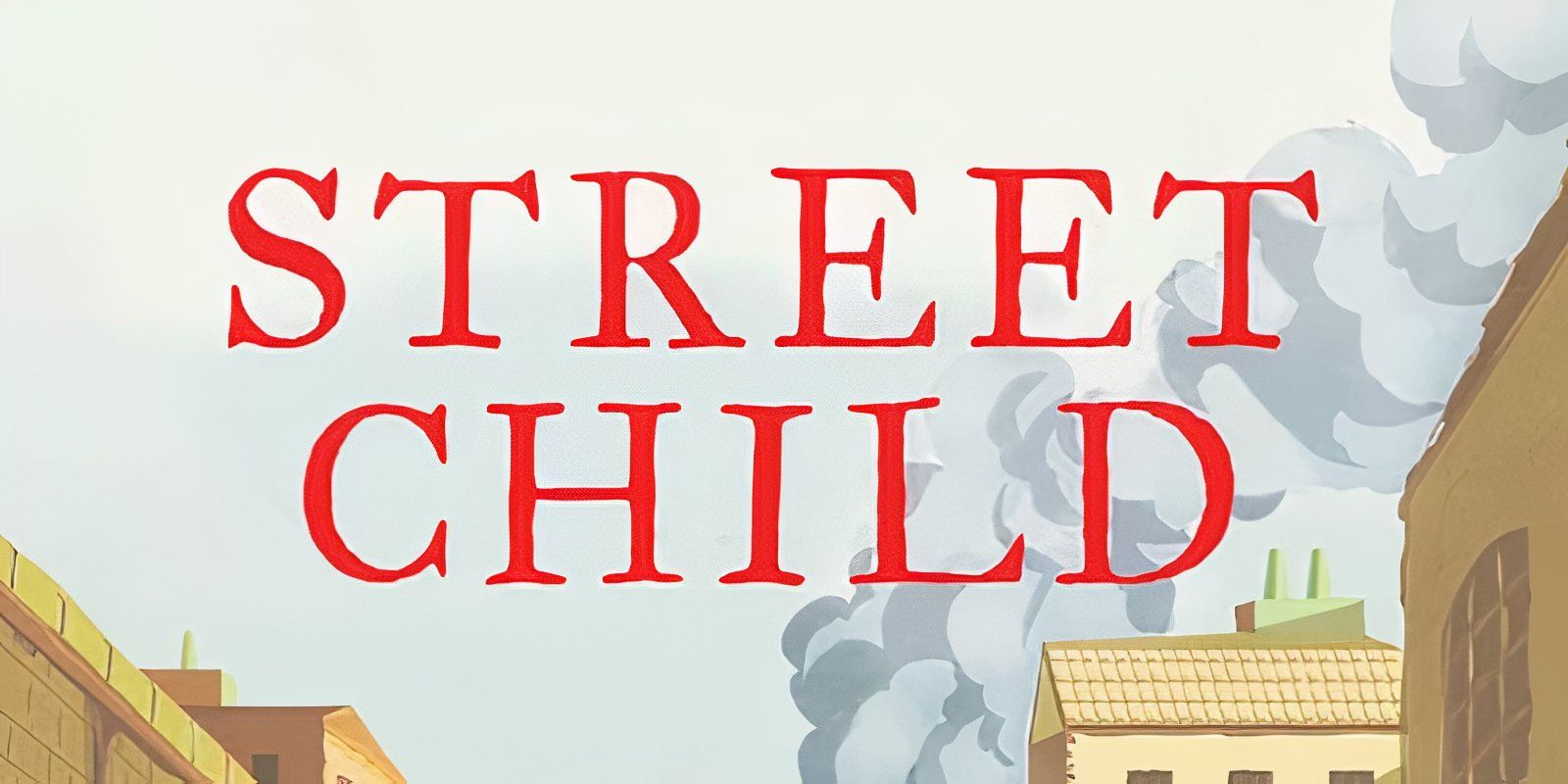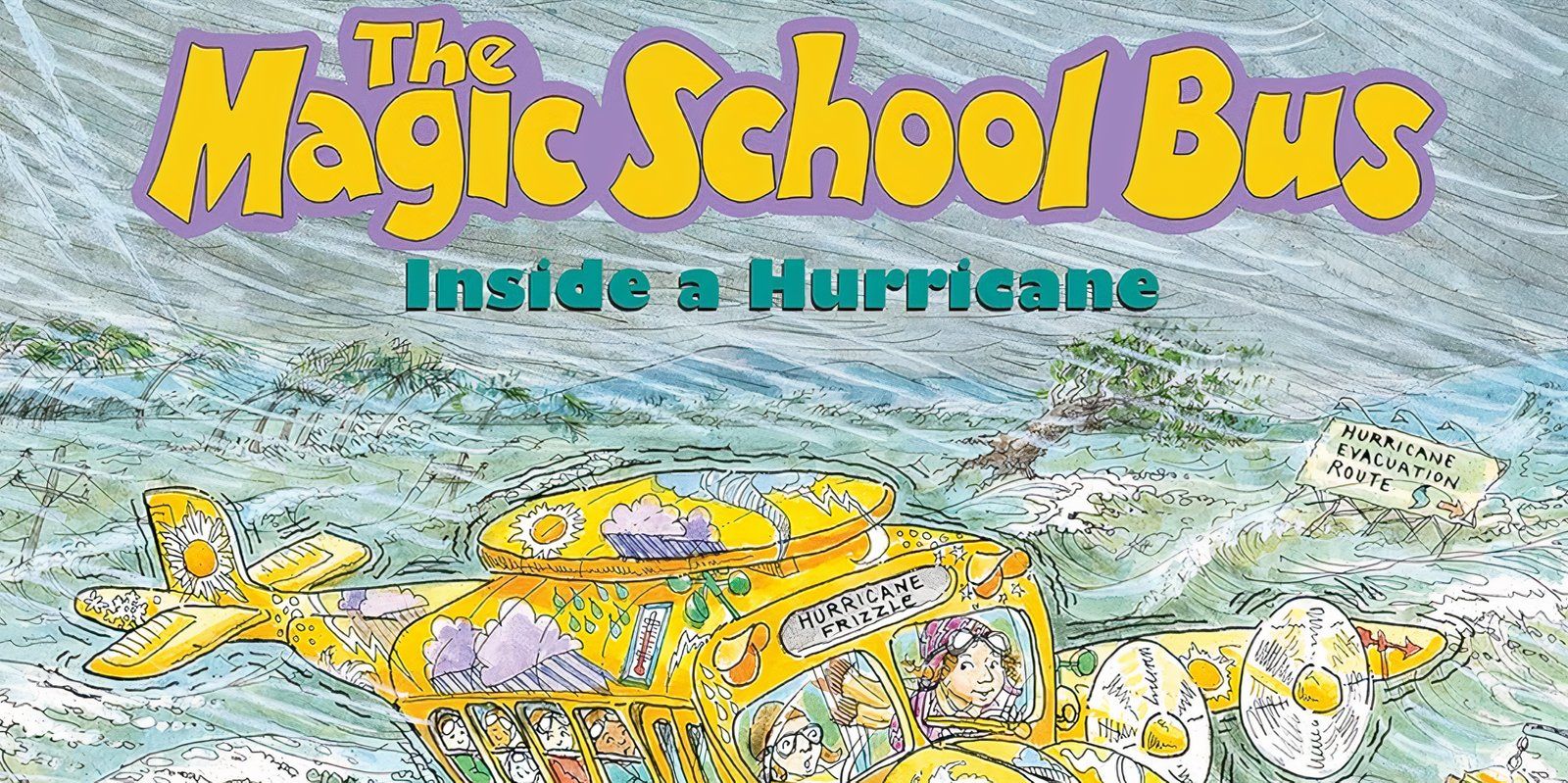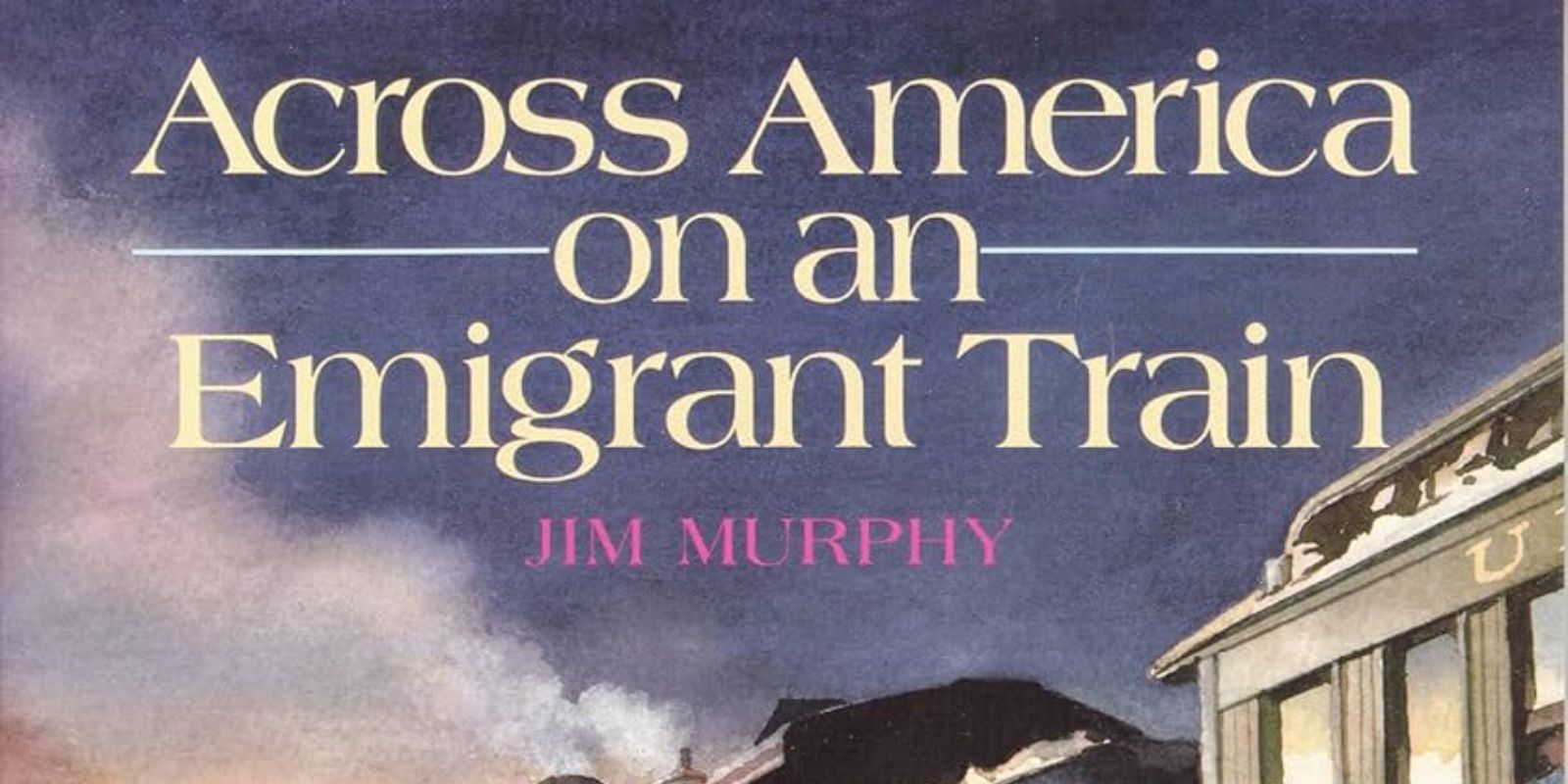Summary
- Some classic children’s books from the ’90s have been reevaluated for their themes and content in today’s standards.
- While certain ’90s kids’ books may not hold up, others still resonate with readers due to their timeless quality and connection.
- Authors need to handle tough topics carefully to create meaningful and educational stories for young readers.
It’s not uncommon for older children’s books to be reevaluated in terms of quality and content as time passes, and some from the 1990s fall into this category. When thinking of books that have fallen out of fame because of their problematic or outdated themes, it’s easy to think of works from hundreds of years ago. However, even as recently as the 1990s, there have been novels and other children’s projects that don’t live up to today’s standards. In some cases, the authors who penned these books have more famous series that have come to define their success as writers.
While works meant for kids should never harm the reader, learning about the realities of history and the world in positive and educational ways can be helpful.
Many classic kids’ books from the ’90s are still worth reading, as they transcend time and genre to connect with readers of the past and present. In the past few years, there has been an increase in excellent writing for children that take young reader’s intellectual ability seriously. While works meant for kids should never harm the reader, learning about the realities of history and the world in positive and educational ways can be helpful. However, if authors don’t take the right approach to tackling these subjects, it can be difficult for children to relate to them.
Related
10 Classic Kids Books From The 2000s That Have Aged Poorly
While many books from the last several decades have revolutionized children’s literature, the quality & longevity of some have been reevaluated.
10 The Rainbow Fish (1992)
Written by Marcus Pfister
The Rainbow Fish was once thought of as an amazing work of fiction for young people, as it teaches the positive moral of the importance of sharing and being kind to others. However, recent evaluations of Marcus Pfister’s book have called into question whether the message is as positive as it was once thought. Rainbow Fish, the titular character, gives away all of his shiny scales so that the other fish will play with him, giving away parts of himself to please others.
The visual style of
The Rainbow Fish
was a large part of why children were drawn to the shiny and tactile book since it was fun to interact with as well as read.
It could be argued that what the Rainbow Fish does isn’t sharing but capitulating to other people’s desires at the cost of his physical autonomy. While it’s unlikely that Pfister intended for children to take away that they had to alter themselves to have friends, this does end up being communicated. However, the visual style of The Rainbow Fish was a large part of why children were drawn to the shiny and tactile book since it was fun to interact with as well as read. This is likely why it has remained part of the cultural conversation.
9 Vampires Don’t Wear Polka Dots (The Adventures Of The Bailey School Kids) (1990)
Written by Debbie Dadey & Marcia Jones
The long-running book series, The Adventures of the Bailey School Kids, kicked off in 1990 with Vampires Don’t Wear Polka Dots and has been read by grade school kids ever since. It’s a spooky take on the classic fears young people have about substitute teachers, as the students worry their new teacher is a vampire. While this is supposed to be taken as a fun subversion of the fantasy genre, The Bailey School Kids teaches kids to give in to biases and assumptions about people based on how they look.
One of the more interesting parts of The Bailey School Kids is the fact that the kids never uncover if their teacher is truly a mythical beast. Unfortunately, this means that with each installment, the children are encouraged to give in to stereotypes and fear their educators, even if these stereotypes are mythical. Additionally, the book’s inciting incident is that the students behave so badly in class that their first teacher quits. As attention spans shorten and public school teachers are put under further strain, telling kids to suspect their teachers isn’t a good course of action.
8 The Face On The Milk Carton (1990)
Written by Caroline B. Cooney
Though it doesn’t often happen today, the faces of missing children used to be put on milk cartons, and the protagonist, Janie, sees her reflection looking back at her on one of these cartons.
Adapted into the little-known 1995 movie, The Face on the Milk Carton isn’t just a mystery series but an intense exploration of what a young girl believes about herself. Though it doesn’t often happen today, the faces of missing children used to be put on milk cartons, and the protagonist, Janie, sees her reflection looking back at her on one of these cartons. From there, she begins to investigate her parents and her past, coming up with surprising results. All things considered, it’s weighty subject matter for kids to read.
The Face on the Milk Carton has some interesting and interrogative themes, but it’s a nuanced and difficult read, even for young adult audiences. It pushed the boundaries of what was considered appropriate for children, and this is likely why it’s not as frequently discussed today. The narrative in The Face on the Milk Carton is closer to something found in a true crime series rather than a children’s book, meaning contemporary audiences should pick it up with some caution.
7 Go Eat Worms! (Goosebumps) (1994)
Written by R.L. Stine
The Goosebumps show is already getting a season 2, and this is great news for audience members who grew up reading the series and are interested in seeing it come to life. However, as the books have been launched into increased popularity thanks to the books, it’s clear that not every installment of the series is created equal. Throughout the ’90s, there were some misses in the Goosebumps series, and Go Eat Worms! is one of them. Overall, it lacks the amazing thrills and chills of the other books.
R.L. Stine quickly rose to prominence thanks to the Goosebumps books, and it’s no wonder considering what a phenomenon they are. However, not every story can be a hit, especially when Stine captures the line between scary and funny so well in his work. In Go Eat Worms!, the crux of the story is that a young boy who loves worms starts to hate them when they appear everywhere he goes. The narrative isn’t much of a horror story or a morality tale for readers of any age.
6 No, David (1998)
Written by David Shannon
There’s plenty of room for chapter and picture books about children who act out because of their big feelings. However, No, David isn’t the most representative or helpful piece of literature. Both David, the young boy trying to navigate the world, and his frustrated mother do their best to communicate with each other, but it isn’t easy. It’s difficult for young children to learn right from wrong, and simply saying “no” at every turn doesn’t always help a child understand why they shouldn’t do things. No, David does attempt to show that his mother loves him even while reprimanding him.
Of course, David isn’t a particularly likable character for older audiences, so it makes sense that there has been criticism surrounding the book.
It’s great for young readers to have a depiction of a character who gets in trouble and doesn’t always do the right thing. However, there are better ways to go about demonstrating this. Of course, David isn’t a particularly likable character for older audiences, so it makes sense that there has been criticism surrounding the book. Adults might shy away from showing the story to children because there’s a danger that kids will misunderstand, but this may not happen.
5 The Solution (Animorphs) (1998)
Written by Katherine Applegate
The most memorable part of the Animorphs books is the unique covers demonstrating the transformation from human to animal that the main characters go through. In the sci-fi series, there are moments of intensity and danger as the kids face real challenges and often fight epic battles. However, in The Solution, things are taken up a notch with the character David. Not only is he an evil Animorph with ill intentions toward the other kids, but he intentionally tries to sabotage them. Things get even worse when the other children decide what to do with him.
They trap him in animal form as a rat and leave him on an island with other rats to live out the rest of his days. This is an incredibly dark plot line, even for a series with deeper fantasy elements. Reading The Solution at a young age would certainly instill fear in readers, as David’s actions are devious, but the consequences he faces are terrible. Other Animorphs books take on lighter and easier topics than this installment.
4 Clockwork (1996)
Written by Philip Pullman
Though
His Dark Materials
is Pullman’s most spellbinding book,
Clockwork
deserves more recognition, even if it’s been forgotten about.
Pullman’s best-known work was adapted into a TV series, and the His Dark Materials seasons all premiered to a warm reception. However, this has left Clockwork out in the cold as a novel that few have uncovered. Though His Dark Materials is Pullman’s most spellbinding book, Clockwork deserves more recognition, even if it’s been forgotten about. The book includes several loose retellings of classic fairytales, which is a style that has gone in and out of popularity over the years. Today, fairytales are less popular than new takes on traditional myths and legends.
It’s a short novel, making it fast and easy to read for any audience, and the beautiful illustrations make it stand out to anyone who reads it. Unfortunately, there’s little reason why fans of His Dark Materials would seek out Clockwork, so it will likely remain a lesser-known addition to Pullman’s body of work. It’s a charming tale and has fun characters, but compared to the worldbuilding and development of His Dark Materials, it doesn’t come close.
3 Street Child (1993)
Written by Berlie Doherty
The name, Street Child, in and of itself is jarring, and that could be enough to turn off many readers from picking up Berlie Doherty’s novel about an orphan in 1860s London. With a narrative that could easily be compared to Oliver Twist, Street Child fails to capture some of the magic of Charles Dickens’ seminal tale. Stories about workhouses in late 19th-century England are common when discussions of class, labor, and the industrial revolution come up. While children should engage in these conversations, the protagonist, Jim’s, life is difficult to read about.
The complaint that could be lodged against Street Child is that the moments of joy and happiness Jim feels are too few and far between. It’s important to capture the reality of what life was like for many children during this period, but Jim’s suffering is tragic, and it grows difficult to see the light at the end of the tunnel. There’s nothing terribly wrong with Street Child, but it doesn’t have the action, excitement, and joy of classics like Oliver Twist.
2 The Magic School Bus Inside A Hurricane (1995)
Written by Joanna Cole
The Magic School Bus is well known by children and adults alike, and there’s a generation of children who grew up watching the educational episodes of the TV series but never encountered the books. This is a shame, as the books are what inspired the show and contain even more educational and exciting plot points. However, few remember Inside a Hurricane as it doesn’t have the flash and interest as some of the other books. There are installments of The Magic School Bus for every child’s area of interest.
With
The Magic School Bus
in general, the works need constant updating to stay aligned with current scientific thought.
While Ms. Frizzle is always putting her students into incredible situations, taking them into the heart of a hurricane and a tornado is a little too much for some members of the class. Mostly, the worst thing about Inside a Hurricane is how overlooked it’s become in the past few years. Additionally, with The Magic School Bus in general, the works need constant updating to stay aligned with current scientific thought. This means that older copies of the book might have incorrect information.
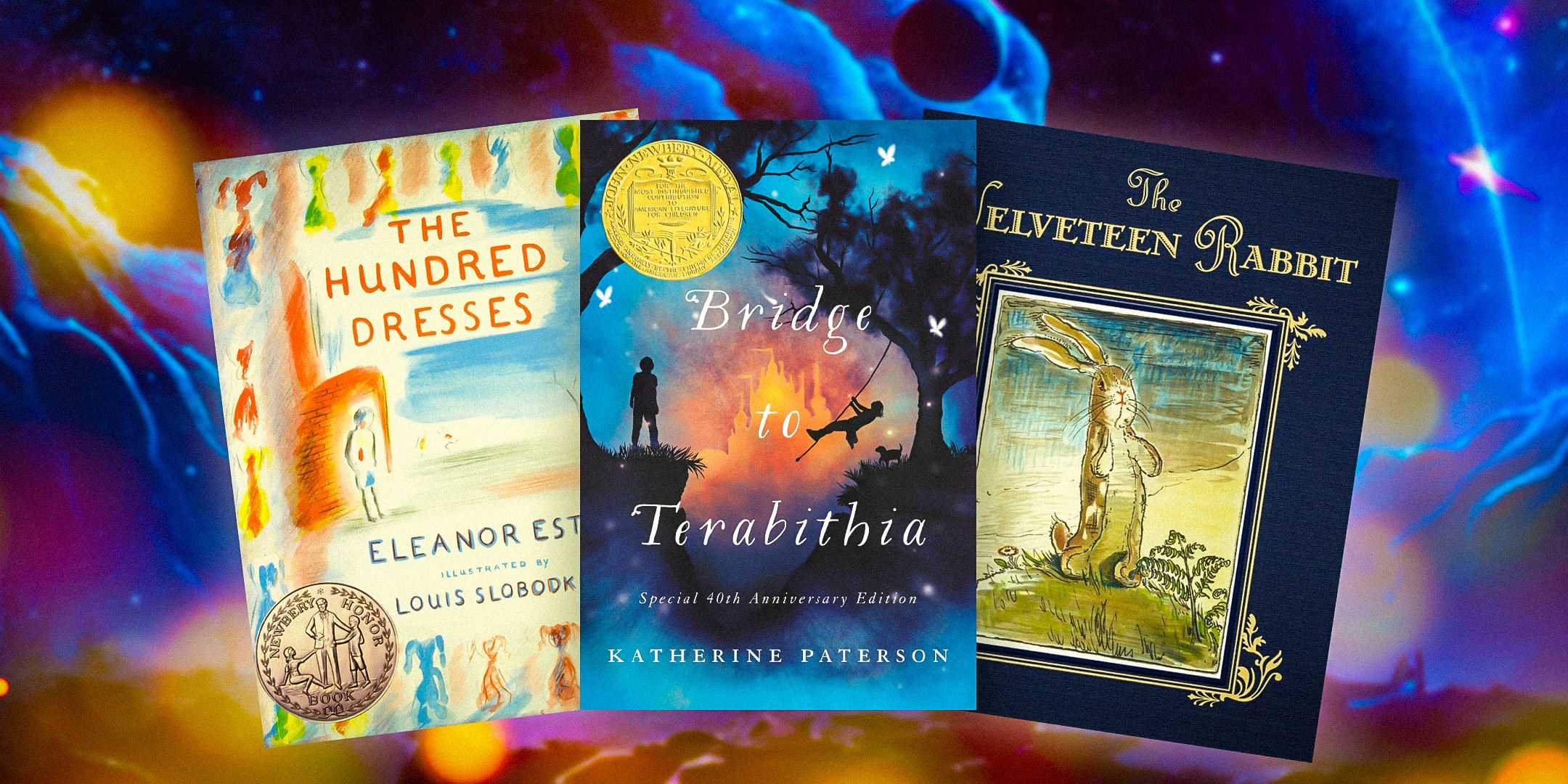
Related
10 Classic Kids Books That Traumatized Millennials
Books including Bridge to Terabithia, The Velveteen Rabbit, and Scary Stories to Tell in the Dark traumatized milleanials and later generations.
1 Across America On An Emigrant Train (1993)
Written by Jim Murphy
There’s a particular niche of children’s books that try to accurately but sanitarily explain pivotal parts of U.S. history to children. Jim Murphy’s Across America on an Emigrant Train is well-researched for its time and the themes it explores. Despite this, there are many newer works that better explore the intersection of early life in a newly formed country. Framed as a biography of a group of train travelers going West, there’s nothing inherently wrong or bad about Murphy’s novel. However, it just doesn’t live up to the interrogations of the past that can be found in children’s literature today.
Romanticizing the American Dream and the journey of westward expansion is something that’s fallen out of vogue, especially in children’s literature in the past few decades. There are great examples of children’s novels that deal with similar themes and topics but do so in a way that incorporates perspectives that are often overlooked. Louise Erdrich’s series, The Birchbark House, looks at life in North America through the lens of a young Indigenous girl. While there is some merit to Murphy’s book, it hasn’t retained its relevancy in the years since its publication.



